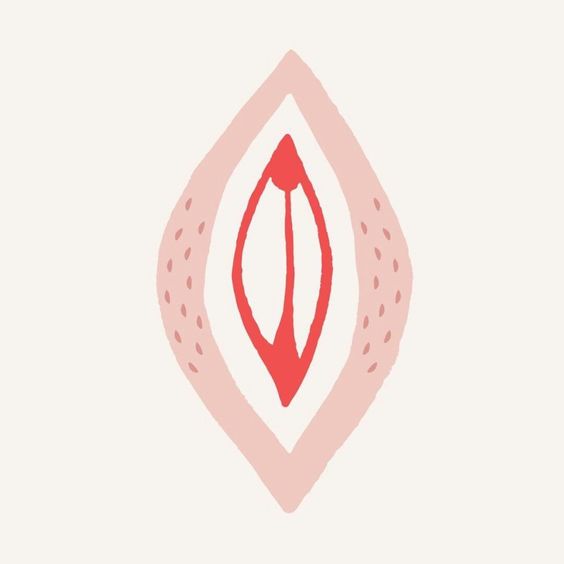Table of Contents
It’s time to dispelling false myths and taboos and give a simple and clear explanation on a part of the female body about which there are still many doubts: what the hymen is and what it is used for.
Hymen what it is for and what it is
Hymen: a word that over time has been very important in determining the condition of women. The time has come to clarify and explain what it is and what it is for.
First, literally, the word “hymen” means “membrane”. But not only that, in Greek and Roman mythology, the god Hymen he was the one who walked at the head of the wedding processions, perhaps the son of the god Apollo and of a muse, perhaps of Dionysus and Aphrodite.
In short, since ancient times it was related in some way to sexuality.
It’s about a surrounding membrane or covers the opening of the vagina, which extends from side to side. He can have different shapes, be thicker or thinner, stiffer or more elastic. Some women don’t and others, on the other hand, have a hymen that completely closes the opening. In the latter case it is useful to undergo a small operation to allow the menstrual flow to go out freely.
It seems that does not have a particular physiological function, but with the passage of time it changes shape and consistency.

Hymen what it is for and false myths
Once upon a time, but, unfortunately, in many cases even today, the word hymen is associated with the sex. In particular, it was believed – and, as mentioned, part of the population believes it even today – that al first sexual intercourse of a woman, consequently corresponds to the rupture of the hymen. This therefore determined the passage from purity and virginity to a different condition.
In reality, this is not the case. Being the hymen a membrane, a crown, it cannot be broken as a result of penetration a penis, a finger, a tampon or whatever. What is true, however, is that the hymen is rigid and with the solicitation of the first penetration it could cause a slight bleeding. But this does not necessarily happen and, above all, it does not mean that any bleeding following the first intercourse is due to the hymen.
Much less the ache. For the pain, so many others come into play factors accompanying the first sexual intercourse of a woman. Among them, the most widespread and to which a sense of pain can be attributed are certainly the lack of lubrication of the vaginal walls and dryness, if any small abrasions due to rubbing and, not to be underestimated, the stiffness of the muscles caused by the emotional state. No disappearance of this membrane, therefore, following penetration, but possible greater flexibility of the same.
In short, for centuries and centuries, women (and in some countries still today) have been subjected to humiliation, also public, to prove their virginity following the principle of the intact-virgin hymen, “broken” hymen-no longer virgin.
Hymen what it is for and the debate on the name
Clarifying what the hymen is does not only mean actually explaining how an anatomical part of the woman’s body is made, but restore dignity to the female gender and avoid that judgments are thus established and judgments created on the basis of wrong knowledge, but rooted.
Over the years, especially in Northern European countries, there have been debates on the correct naming of this female membrane. In the far 2009 a Swedish association had proposed to replace the word “hymen” with “vaginal crown”. Following this proposal, accepted by the institute that deals with language development in Sweden, the expression “vaginal corona” has officially become part of the language, replacing “hymen”.
Eight years later, also in Norway there has been a similar revolution. Starting from 2017, in fact, the Norwegian dictionary has within it the expression “Vaginal garland” instead of the term “hymen”.
Read also: “Kegel exercises: what they are, what they are for and what are the benefits”.










